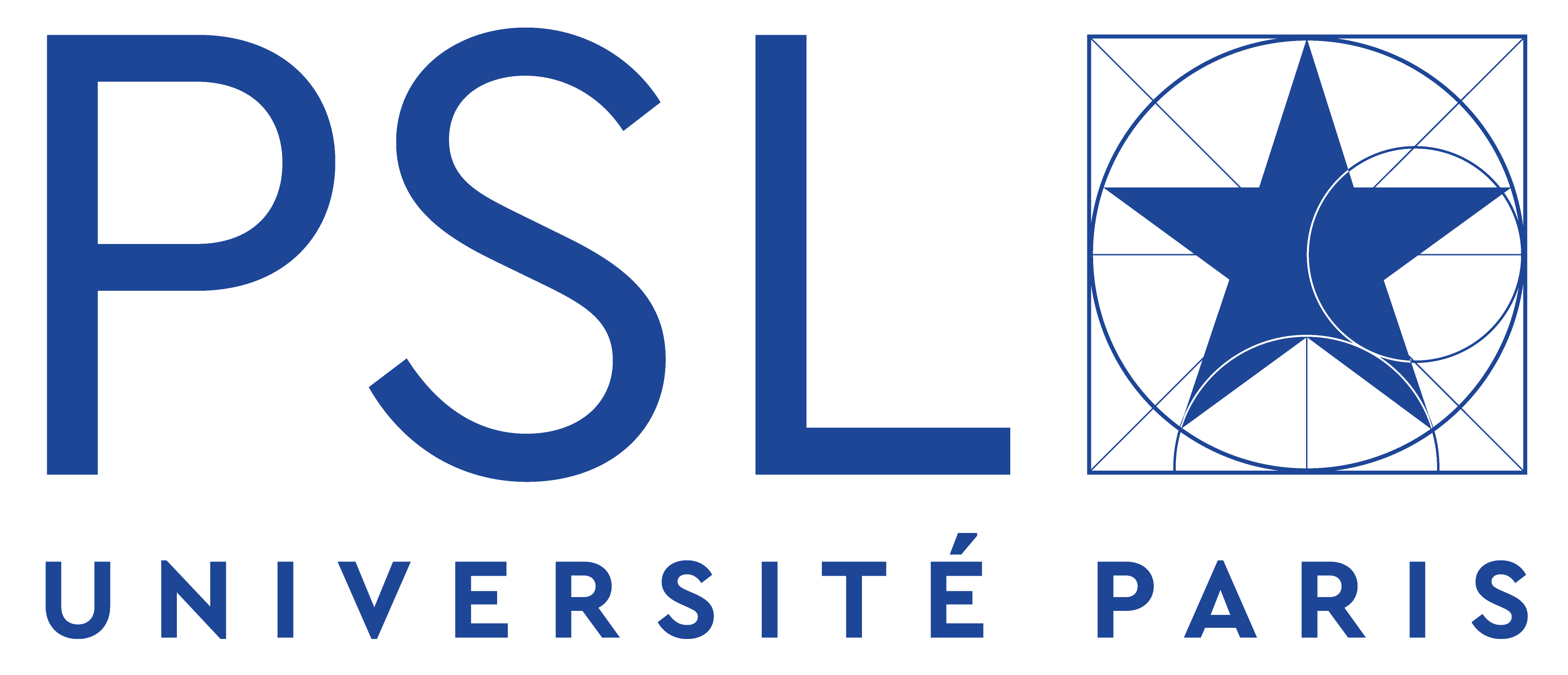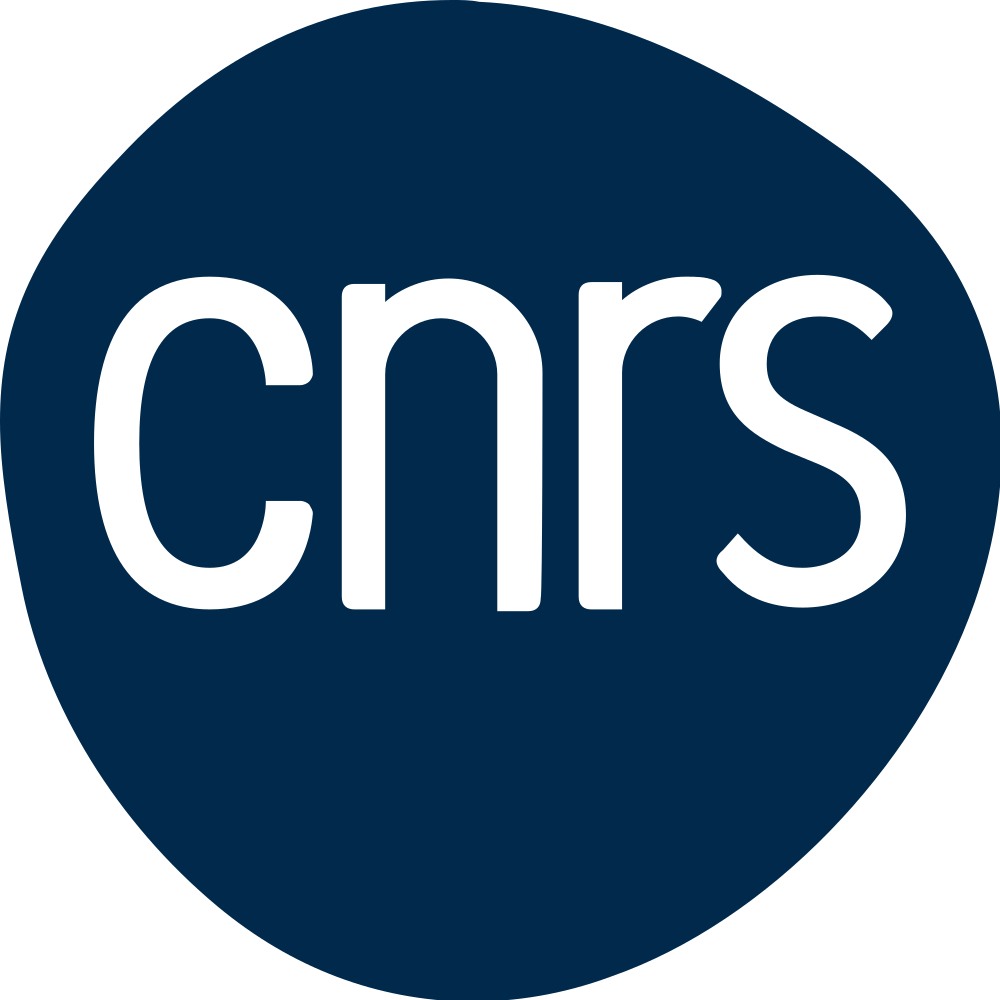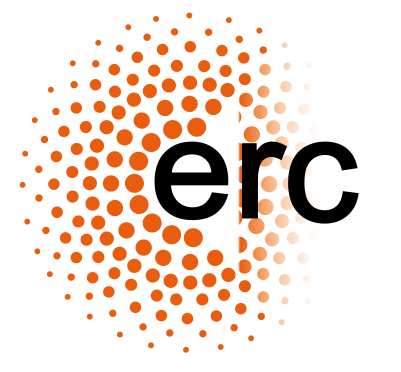Guide to dynamic OCT data analysis
Heldt, N., T. Monfort, R. Morishita, R. Schönherr, O. Thouvenin, I. A. El-Sadek, P. König, G. Hüttmann, K. Grieve, and Y. Yasuno
Biomedical Optics Express 16, no. 11, 4851-4870 (2025)

Résumé: Dynamic optical coherence tomography (DOCT) enhances conventional OCT by providing specific information related to flow dynamics, cell motility, and organelle metabolic activity. These biological phenomena can be detected with varying sensitivity depending on the OCT architecture parameters, including wavelength, numerical aperture, and implementation method (time domain or Fourier domain). Despite its potential, the field lacks standardization as various research groups have independently developed algorithms for specific applications. In this paper, we compare four widely used DOCT algorithms, each employing a distinct analytical approach: power spectral density moment analysis, frequency band visualization, logarithmic intensity variation evaluation, and motility-based analysis. These algorithms were originally optimized for different OCT technologies (full-field OCT, microscopic OCT, swept-source OCT, and spectral domain OCT), which vary in temporal and spatial resolution as well as susceptibility to motion artifacts. To conduct a fair evaluation, we perform comprehensive cross-wise comparisons using datasets acquired from each of these setups. Our findings reveal that each method exhibits unique advantages in specific imaging environments, thereby providing valuable guidance for algorithm selection based on particular application requirements.
|


|
Rapid spectral shaping for time domain and swept source full field OCT
Roueff, D., P. Mecê, and O. Thouvenin
Biomedical Optics Express 16, no. 11, 4871-4884 (2025)
Résumé: Full-field optical coherence tomography (FFOCT) has recently regained attention thanks to the development of high-resolution dynamic OCT and cross-talk-free swept source FFOCT. However, the choice of wavelength and axial resolution is often a limiting factor with few existing commercial solutions. Here, we developed a novel method to provide rapid spectral shaping for FFOCT imaging. Combining a supercontinuum laser, a fast controllable acousto-optic tunable filter (AOTF), and a multimode fiber with passive and active mode mixing, we obtained an extremely flexible light source compatible with FFOCT. By tuning the AOTF frequency and integrating the resulting wavelength over one camera exposure time, it becomes possible to build any spectrum of interest in the 575-1000 nm range in time domain FFOCT. Alternatively, the designed source module enables achieving swept source FFOCT at up to 100 kfps at an unprecedented axial resolution of 1.1 µm.
|


|
Bottom-up iterative anomalous diffusion detector (BI-ADD)
Park, J., N. Sokolovska, C. Cabriel, I. Izeddin, and J. Miné-Hattab
Journal of Physics: Photonics 7, no. 4, 045027 (2025)

Résumé: In recent years, the segmentation of short molecular trajectories with varying diffusive properties has drawn particular attention of researchers, since it allows studying the dynamics of a particle. In the past decade, machine learning methods have shown highly promising results, also in changepoint detection and segmentation tasks. Here, we introduce a novel iterative method to identify the changepoints in a molecular trajectory, i.e. frames, where the diffusive behavior of a particle changes. A trajectory in our case follows a fractional Brownian motion and we estimate the diffusive properties of the trajectories. The proposed Bottom-up iterative anomalous diffusion detector (BI-ADD) combines unsupervised and supervised learning methods to detect the changepoints. Our approach can be used for the analysis of molecular trajectories at the individual level and also be extended to multiple particle tracking, which is an important challenge in fundamental biology. We validated BI-ADD in various scenarios within the framework of the 2nd anomalous diffusion challenge 2024 dedicated to single particle tracking. Our method is implemented in Python and is publicly available for research purposes.
|


|
Transmission interference microscopy of anterior human eye
Alhaddad S., , Ghouali W., Baudouin C., A. C. Boccara, and V. Mazlin
Nature Communications 16, no. 1 (2025)

Résumé: Cellular imaging of the human anterior eye is critical for understanding complex ophthalmic diseases, yet current techniques are constrained by a limited field of view or insufficient contrast. Here, we demonstrate that Ernst Abbe’s foundational principles on the interference nature of transmission microscopy can be applied in vivo to the human eye to overcome these limitations. The transmission geometry in the eye is achieved by projecting illumination onto the posterior eye (sclera) and using the back-reflected light as a secondary illumination source for anterior eye structures. Specifically, we show that the tightly localized illumination spot at the sclera functions analogously to a closed condenser aperture in conventional microscopy, significantly enhancing interference contrast. This enables clear visualization of cells and nerves across all corneal layers within an extended 2 mm field of view. Notably, the crystalline lens epithelial cells, fibers, and sutures are also distinctly resolved. In patients, Fuch’s endothelial dystrophy - a major ophthalmic disease affecting 300 million people - is highlighted under a transmission contrast, providing complementary information to traditional reflection contrast. Constructed using consumer-grade cameras, the instrument offers a path toward broad adoption for pre-screening and surgical follow-up, as well as for diagnosing corneal infections in low-resource settings, where anterior eye diseases are most prevalent.
|


|










